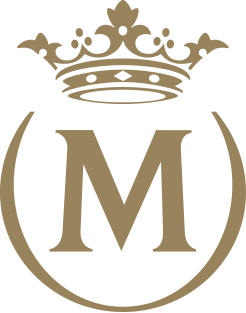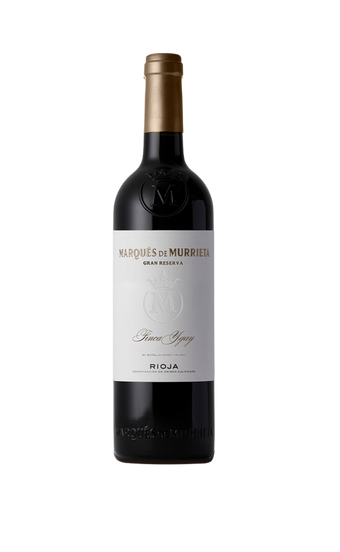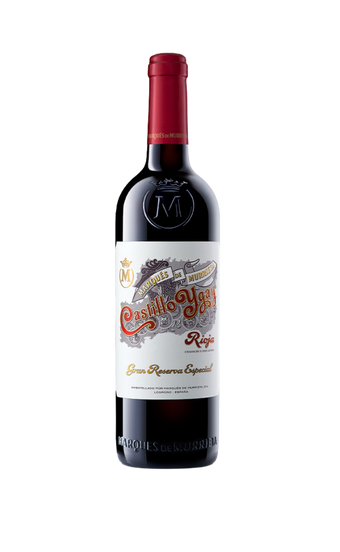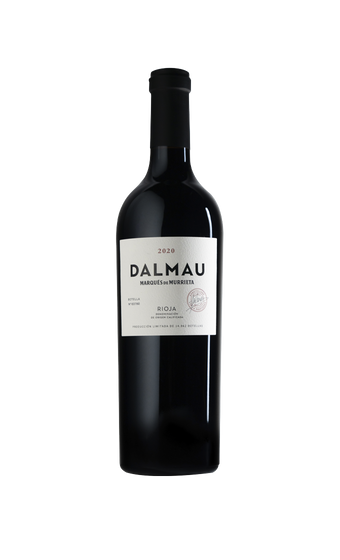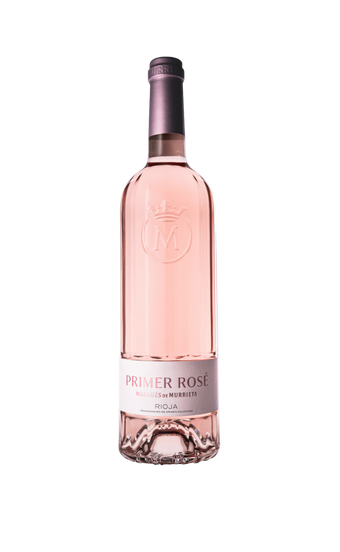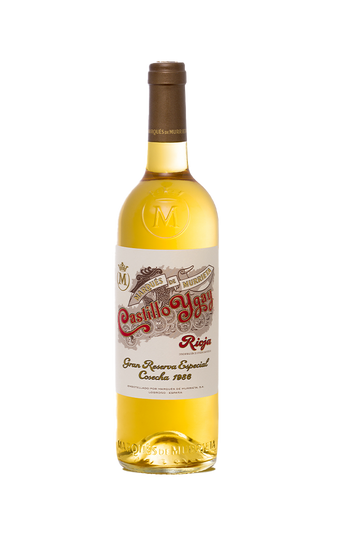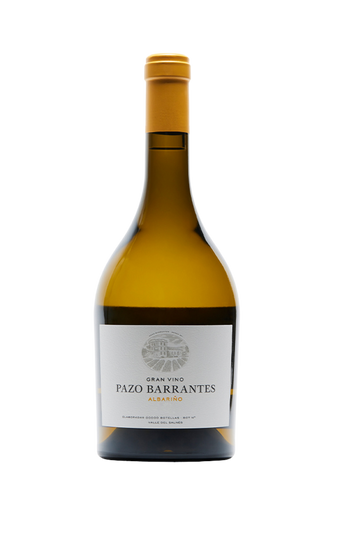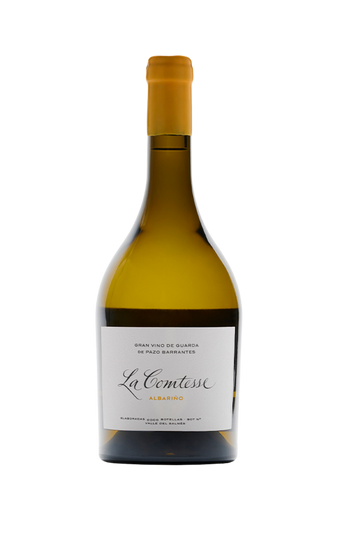Wine is "alive" and continues to evolve even after bottling, so it's crucial to store it correctly at home to avoid any damage that might prevent its full enjoyment.
Key Factors for Storing Wine:
The most important factor for wine preservation is maintaining a constant temperature. Wine should be stored at a steady temperature between 12°C and 15°C. Sudden temperature fluctuations can cause the cork to expand and contract, allowing air to enter the bottle, which can lead to premature oxidation and aging of the wine.

Bottles should generally be stored horizontally to keep the cork moist, maintaining its elasticity and ensuring a perfect seal. For sparkling wines, however, it’s best to store the bottle upright to prevent the loss of carbonation.
The ideal humidity level for wine storage is around 70%. If the environment is too dry, the cork may dry out; if it’s too humid, mold can form, which could introduce unwanted aromas to the wine.

Wine is highly sensitive to both natural and artificial light. This is particularly true for white and rosé wines, which are prone to "light damage," leading to unpleasant odors. Therefore, the best option for storing wine is in a dark environment.
Wine can absorb strong odors, so it’s best to avoid storing it near substances with intense smells. Constant vibrations can also affect wine quality, so it's important to keep it in a stable, vibration-free environment.

The kitchen is not an ideal place for long-term wine storage due to strong smells, temperature fluctuations, vibrations, and excessive light. The best option is to use a climate-controlled wine fridge or cellar, or to store wine in the coolest, darkest part of your home.
